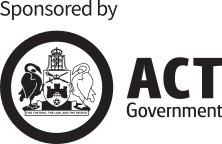Making public archives more accessible
Jurisdiction: Australian Capital Territory
Online catalogues, like ACT Memory, provide information about government records and, where possible, provide copies of the records themselves. These records are generally in PDF or JPEG format. This makes the documents difficult to search for, access, and use. How might governments with record catalogues, like ACT Memory, solve this problem and make these rich sources of information more useful?
The ACT Memory catalogue provides:
• information about many groups of records created by the ACT Government since self-government (called Record Series),
• details of all government bodies that created records over the years (Agencies and People),
• descriptions of the types of work that those government bodies performed (Functions), and
• images of available documents (Digital Objects).
A simple index list of PDFs is not ideal for data discovery, as:
• the data is not in a machine-readable format, and
• managing the catalogue requires more work, including adding document titles, appropriate headings, tagging tables, and ensuring images have descriptive text.
• The details within a document may not be easily discoverable from the title.
How can these important records become more discoverable? Could we:
• leverage large language models for summarising content, or assessing content?
• make improved storage and organising arrangements?
• develop new ways to manage and publish records?
• use new technologies and established data tools to improve access?
Additional Information
Eligibility: Project must make use of the ACT Memory catalogue.
Entry: Challenge entry is available to all teams in Australia.
Dataset Highlight
ACT Memory
